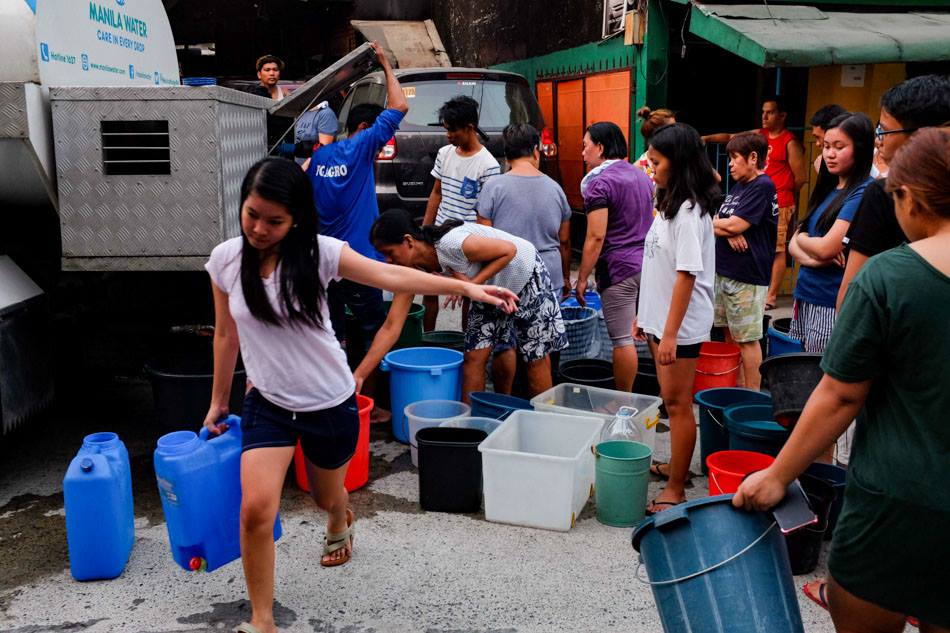The Manila metropolitan area is in the throes of its second major water shortage of 2019. The two major water concessionaires, Maynilad and Manila Water Company, point to low water levels in the Angat and Ipo dams, which together contribute 90% of the water supply in Metro Manila. Both companies began rotational water interruptions on October 24. Since then, citizens have endured long lines to fill up water containers and institutions like hospitals have begun to store emergency supplies of water.

The situation is as political as it is practical. President Rodrigo Duterte has threatened a government takeover of the water suppliers if the crisis worsens. ‘I’m taking stock of my options. Expropriation or outright police power. You just go to court and file a case if you want. I will start to find a way to connect the water to the people,’ Duterte said. His ‘extraordinary powers’ as president, Duterte says, would allow him to push through the Kaliwa Dam project, a Chinese-backed alternate water source whose construction has been resisted and delayed by environmentalists and indigenous rights activists. Duterte’s involvement with Chinese investment is just one arm of the massive network of interests China has built up across the world.

If the Kaliwa Dam were to open, Manila would be provided with an additional 600 million liters of water per day—but the dam would also displace over 14,000 indigenous households from land the Dumagat people call their ancestral home. The dam would involve submerging vast swaths of riverbank in the Rizal and Quezon regions, in some cases swallowing up whole towns. It would also irreversibly damage biodiversity in protected forest reserves.
During the last water crisis in March 2019, Manila residents were surprised with unannounced water interruptions. By the end of March, 96% of water service had been restored, but some residents have been without water intermittently since then. The shortage’s recurrence now highlights Manila’s water supply as a volatile nexus for issues of politics, the environment, foreign investment, and indigenous rights. Possible resolutions remain nebulous. Alternative solutions to the water crisis include cloud-seeding and the use of Manila Bay as a water supply. The Philippine Department of Agriculture claims to be working on efforts to artificially induce rainfall over the Angat Dam, but both the viability and the environmental impact of such projects remains undisclosed.
The low rainfall at the root of the water crisis can easily be linked to anthropogenic climate change. The Global Peace Index for 2019 ranked the Philippines as the number one country most vulnerable to climate change and the natural hazards that follow—the archipelago is particularly exposed to the risks of drought, flooding, rising sea levels, typhoons. The Manila water crisis is the latest in a series of climate-induced events that have only been intensifying with time.
EDITOR’S NOTE: The opinions expressed here by Impakter.com columnists are their own, not those of Impakter.com.










